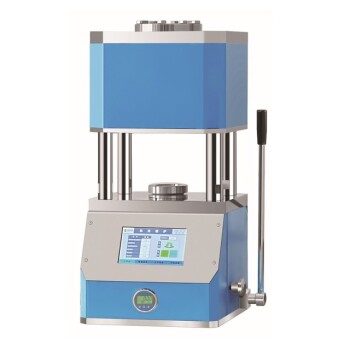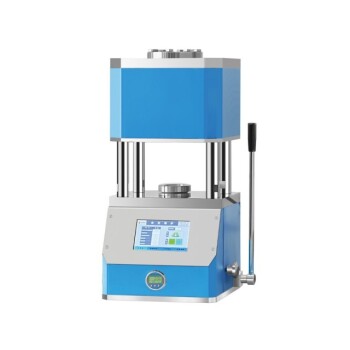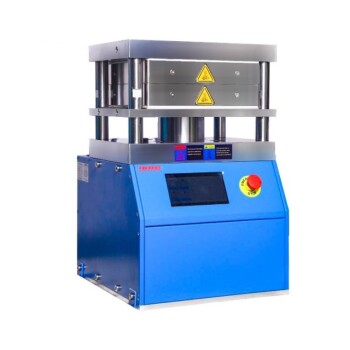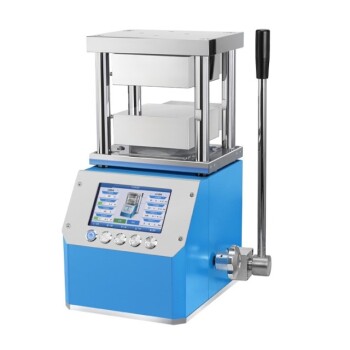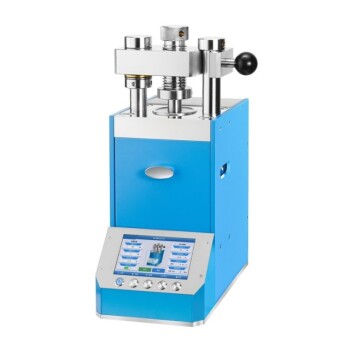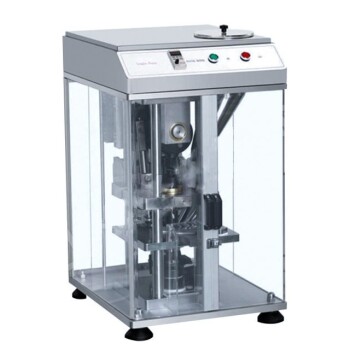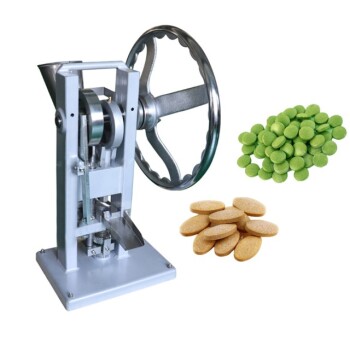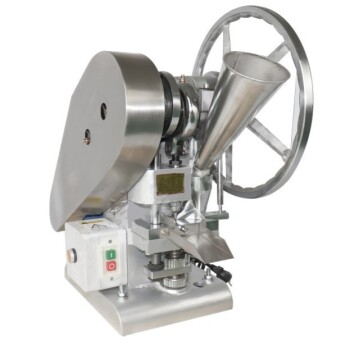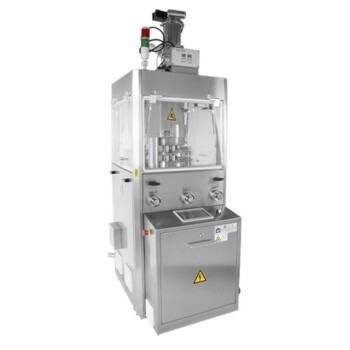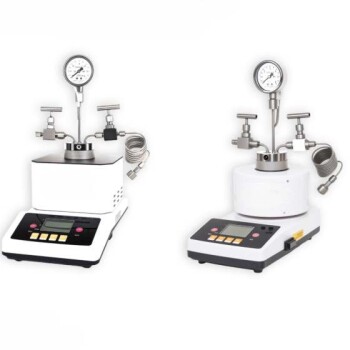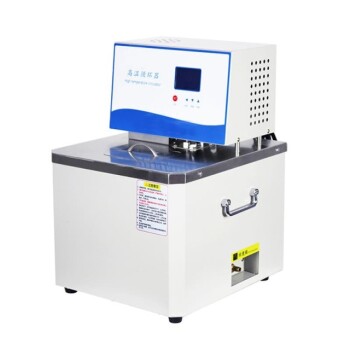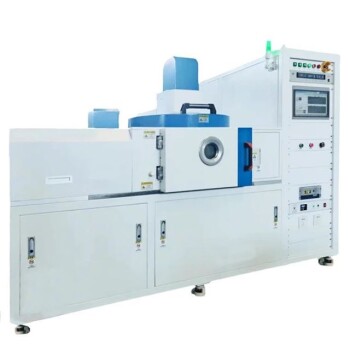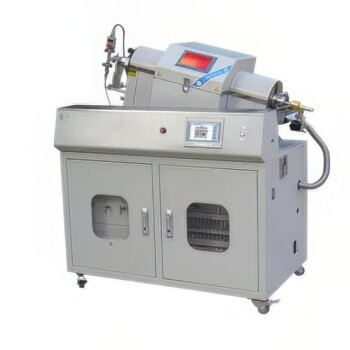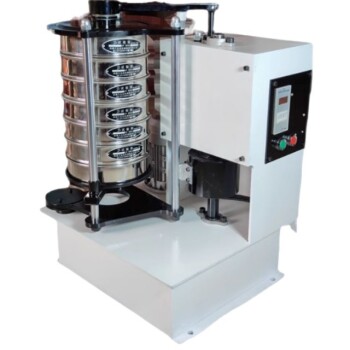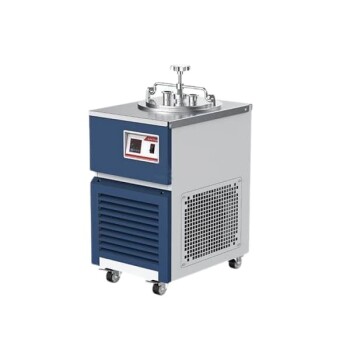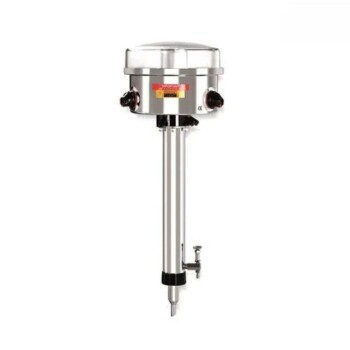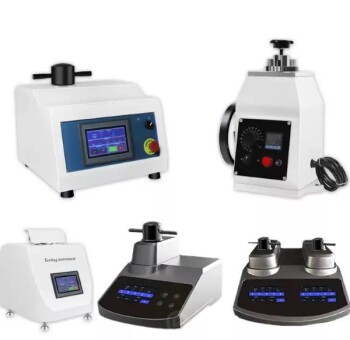The most critical hydraulic safety precaution is to always de-pressurize a system before performing any maintenance. Hydraulic systems operate under extreme pressure, and this stored energy presents a life-threatening hazard if not properly released. The core safety principles revolve around respecting this pressure, protecting yourself from high-velocity fluid, and preventing unexpected movement of machine components.
The immense power density that makes hydraulics useful is also what makes them uniquely dangerous. A successful safety strategy is not about memorizing rules, but about developing a deep understanding of the primary hazards: high-pressure fluid injection, stored energy, and uncontrolled mechanical force.
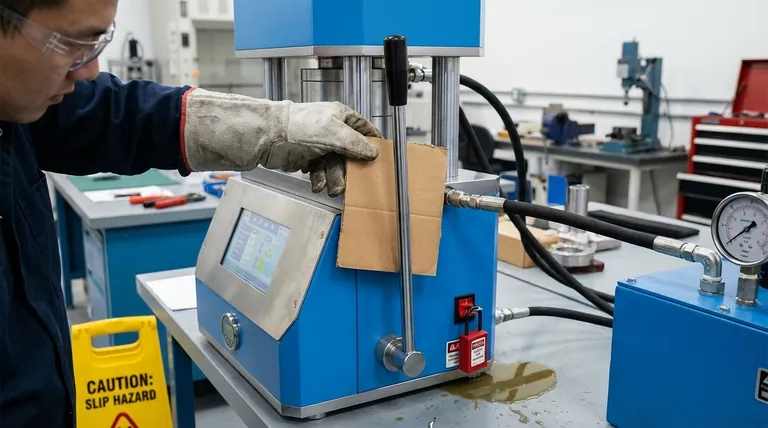
The Invisible Dangers: Understanding Hydraulic Hazards
To work safely, you must first understand the specific risks involved. Unlike many other industrial systems, the most severe hydraulic dangers are often invisible to the naked eye.
The Threat of High-Pressure Fluid Injection
A tiny, nearly invisible pinhole leak in a hydraulic hose can release fluid at a velocity over 600 ft/sec (183 m/sec), easily penetrating skin and clothing. This is a severe medical emergency that can lead to tissue death, gangrene, and amputation if not treated correctly by a specialist immediately.
The entry wound often appears minor, like a simple cut or bug bite, leading personnel to tragically underestimate its severity. Never dismiss a potential fluid injection injury.
The Power of Stored Energy
Turning a machine "off" does not make a hydraulic system safe. Hydraulic accumulators are designed to store pressurized fluid, and even without them, pressure can remain trapped within lines and components long after the power is cut.
Attempting to loosen a fitting on a pressurized line can cause it to explode with violent force, turning components into projectiles and whipping hoses uncontrollably.
Uncontrolled Mechanical Force
Hydraulic systems generate immense force to move heavy loads. If pressure is not properly released and components are not mechanically secured, a cylinder or motor can move unexpectedly during maintenance.
This uncontrolled movement can easily lead to crushing, pinching, or severing injuries. Never rely solely on the hydraulic system itself to hold components in place.
Secondary Hazards: Burns and Slips
Hydraulic fluid can reach high temperatures during operation, posing a significant burn risk. Furthermore, any leaked fluid on the floor creates a serious slip-and-fall hazard that must be cleaned immediately.
The Pillars of Hydraulic Safety: Core Procedures
A safe approach to hydraulics is built on a foundation of methodical, non-negotiable procedures.
Step 1: De-pressurize and Verify
Before any work begins, you must release all stored hydraulic energy. This involves following the manufacturer's specific procedures for shutting down the system and bleeding pressure from all lines and accumulators.
Always follow Lockout/Tagout (LOTO) procedures to ensure power cannot be accidentally restored. Crucially, use a calibrated pressure gauge to verify that the system pressure is at zero before proceeding. Never assume it is safe.
Step 2: Use the Right Personal Protective Equipment (PPE)
The correct PPE is your last line of defense.
- Safety Glasses or a Face Shield are mandatory to protect your eyes from high-pressure spray.
- Gloves protect your skin from fluid contact and potential irritation.
However, it is critical to understand that standard work gloves will not protect you from a high-pressure fluid injection injury.
Step 3: Conduct Safe Leak Inspections
Never use your hand or any other body part to check for hydraulic leaks. To locate a suspected pinhole leak, hold a piece of cardboard, wood, or paper over the area and watch for discoloration.
Common Pitfalls and Misconceptions
Building a true culture of safety requires moving beyond the basics and understanding the common mistakes that lead to accidents.
Assuming "Off" Means "Safe"
The single most common mistake is assuming a system is de-pressurized just because the pump is off. Always remember the principle of stored energy and use a gauge to verify zero pressure.
Makeshift Repairs and Incorrect Components
Using a hose or fitting with a lower pressure rating than the system requires is a recipe for catastrophic failure. Always replace components with parts that meet or exceed the original manufacturer's specifications. Makeshift repairs are never acceptable.
Underestimating Pinhole Leaks
Treating a small leak as a low-priority nuisance is a dangerous error. A small drip today is a sign of a component nearing failure, which could result in a hose burst or a high-pressure spray tomorrow. All leaks must be investigated and repaired properly.
Implementing a Culture of Safety
Applying these principles depends on your specific role and interaction with the equipment.
- If you are an operator: Your primary focus is on conducting pre-operation checks for leaks, hose damage, or unusual sounds, and immediately reporting any issues.
- If you are a maintenance technician: Your primary focus must be the rigorous application of LOTO, de-pressurization procedures, and safe leak inspection techniques.
- If you are a manager or engineer: Your focus is on establishing clear safety procedures, providing proper training, and ensuring only correctly specified components are used for repairs and replacements.
By understanding the principles behind the precautions, you transform safety from a checklist into an instinct.
Summary Table:
| Primary Hydraulic Hazard | Key Safety Precaution |
|---|---|
| High-Pressure Fluid Injection | Never use hands to check for leaks; use cardboard or wood. |
| Stored Energy | Always de-pressurize and verify with a gauge before maintenance. |
| Uncontrolled Mechanical Force | Follow Lockout/Tagout (LOTO) and mechanically secure components. |
| Secondary Hazards (Burns, Slips) | Wear appropriate PPE and clean fluid spills immediately. |
Ensure your lab's hydraulic equipment operates safely and efficiently. KINTEK specializes in providing reliable lab equipment and consumables, including hydraulic system components designed for maximum safety and performance. Our experts can help you select the right parts and establish proper maintenance protocols to protect your team and your investment. Contact us today for a consultation and enhance your laboratory's safety culture with KINTEK.
Visual Guide
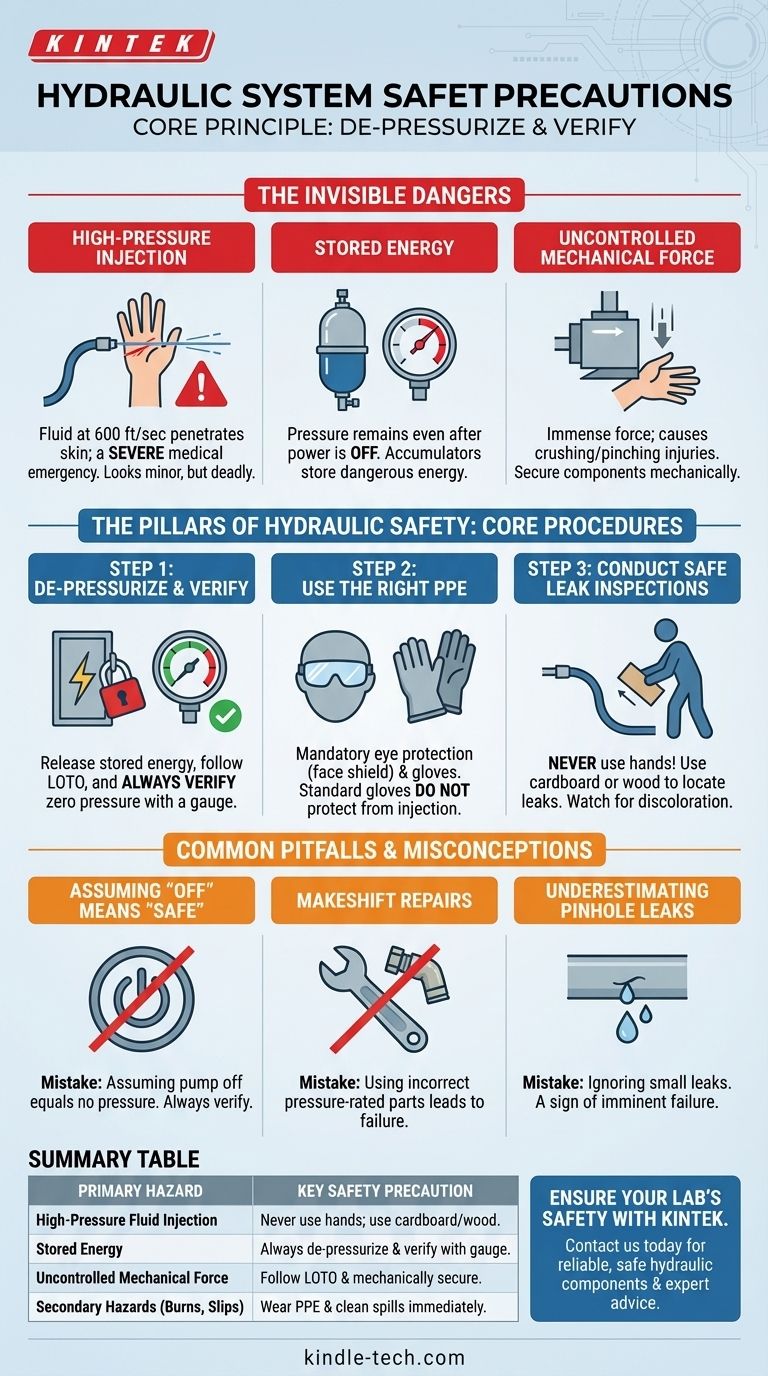
Related Products
- Manual Heated Hydraulic Press Machine with Heated Plates for Laboratory Hot Press
- Manual High Temperature Heated Hydraulic Press Machine with Heated Plates for Lab
- Automatic Heated Hydraulic Press Machine with Heated Plates for Laboratory Hot Press 25T 30T 50T
- Heated Hydraulic Press Machine with Integrated Manual Heated Plates for Lab Use
- Automatic Laboratory Hydraulic Press for XRF & KBR Pellet Press
People Also Ask
- Does a hydraulic press have heat? How Heated Platens Unlock Advanced Molding and Curing
- What is a hot hydraulic press? Harness Heat and Pressure for Advanced Manufacturing
- What is a hydraulic hot press machine? A Guide to Force and Heat for Material Transformation
- Why do you need to follow the safety procedure in using hydraulic tools? Prevent Catastrophic Failure and Injury
- What is a hydraulic hot press? Unlock the Power of Heat and Pressure for Advanced Materials
